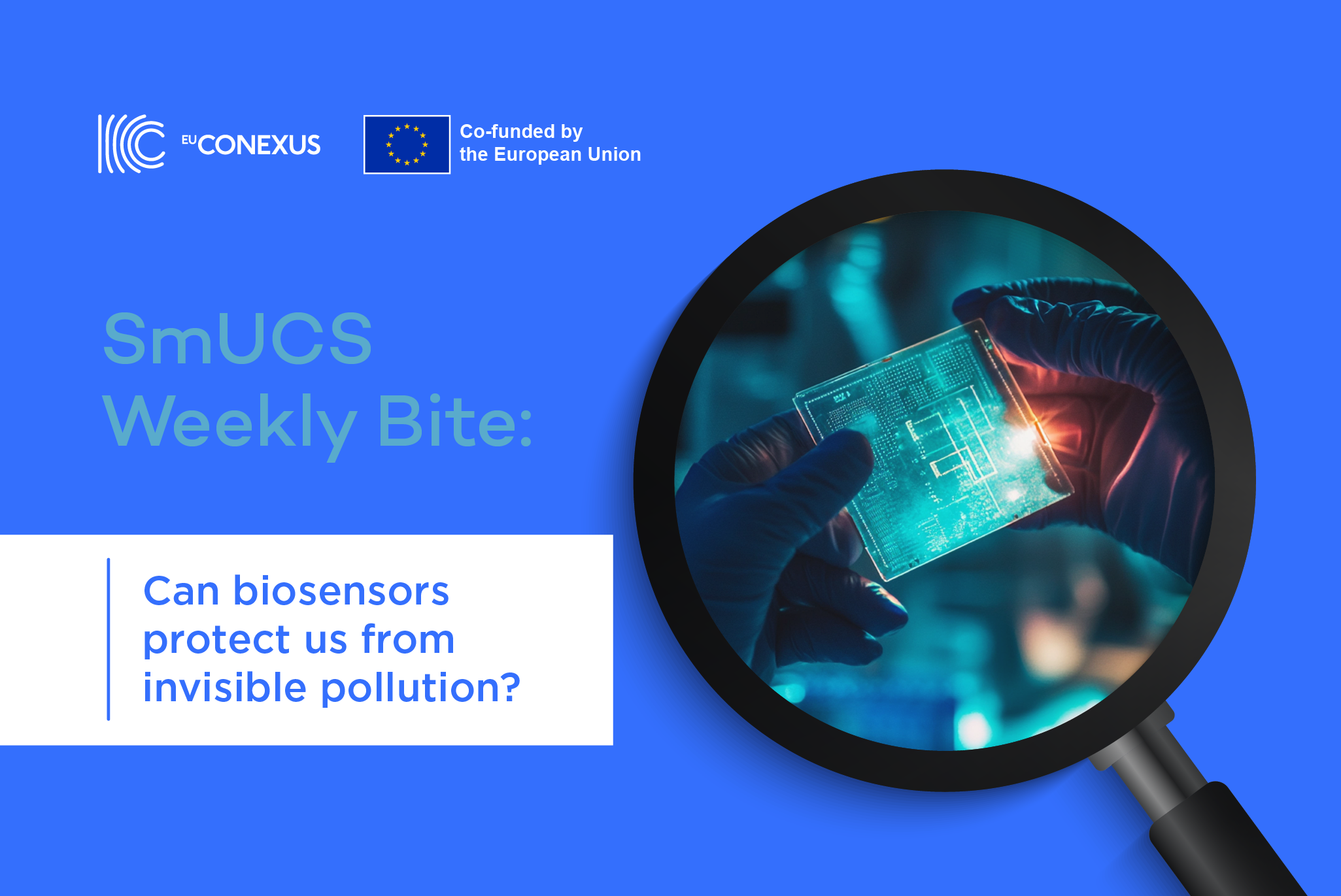Toxic elements in soil and water can be very hard to detect. With that said, this challenge must be solved, because some of these pollutants can be very harmful to the human body.
As industrial activity, world population and urbanisation all continue to grow, more and more toxic elements are released into the environment. Though some of them – such as arsenic (As), cadmium (Cd), and lead (Pb) – occur naturally, higher levels can be dangerous to our health and cause serious diseases, including cancer.
The range of pollutants is also wide: chemical, physical, biological, and radiological compounds are spreading in the air, soil, and waters. There, they affect all living systems – and because these environments are a food source for humans, pollutants can eventually find their way onto our table. Supporting this theory, a recent study in Greece linked soil contamination to increased cancer mortality rates in rural areas. This finding powerfully illustrates the need for better environmental monitoring and pollution control.
At the Laboratory of Cell Technology, Department of Biotechnology, Agricultural University of Athens (AUA), scientists are developing rapid solutions for detecting and screening those pollutants in natural environments. Their goal is clear – leverage advanced sensing technologies to detect and identify harmful compounds and pathogens in water before they reach consumers.
In this quest, AUA researchers are developing with antibody-based biosensors, paper-based rapid tests, electrochemical molecularly imprinted polymer (MIP) sensors, and cell-based bioelectric (BERA) sensors. Part of the research process includes two-month research projects where academics, researchers, PhD students, and undergraduate and postgraduate master students come together to explore the application of these technologies together.
The pollutants released from industrial, agricultural, and other intense human activities fall into two categories: organic and inorganic. Biosensors are a promising tool for monitoring pollutants in soil, water, and air samples. Successful detection has already been observed with pesticides, toxic compounds, pathogens, toxins, pharmaceutical products and endocrine disruptors.
References
Gavrilaș, S., Ursachi, C. Ș., Perța-Crișan, S., & Munteanu, F.-D. (2022). Recent Trends in Biosensors for Environmental Quality Monitoring. Sensors, 22(4), 1513.
Katsifara, A., Tsirogiannis, G., Sazakli, E., Jelastopulu, E., Leotsinidis, M., Overall effects of topsoil elements on cancer mortality in rural Greece: A modeling approach. Chemosphere 2025, 370, 144018.
Karamanou, K., Mavrikou, S., Kintzios, S., in:, Comprehensive Analytical Chemistry, 2023, pp. 223–249.



